PPT-ISSC, VARB & Other Vp Research
Author : lois-ondreau | Published Date : 2018-03-17
Jessica L Jones PhD FDA Gulf Coast Seafood Laboratory Dauphin Island Alabama NYCT Reopening Vibrio levels higher in oysters than clams from the same harvest area
Presentation Embed Code
Download Presentation
Download Presentation The PPT/PDF document "ISSC, VARB & Other Vp Research" is the property of its rightful owner. Permission is granted to download and print the materials on this website for personal, non-commercial use only, and to display it on your personal computer provided you do not modify the materials and that you retain all copyright notices contained in the materials. By downloading content from our website, you accept the terms of this agreement.
ISSC, VARB & Other Vp Research: Transcript
Download Rules Of Document
"ISSC, VARB & Other Vp Research"The content belongs to its owner. You may download and print it for personal use, without modification, and keep all copyright notices. By downloading, you agree to these terms.
Related Documents

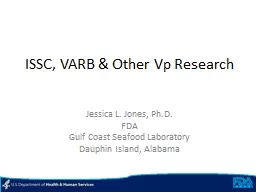
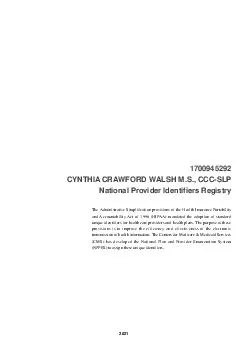
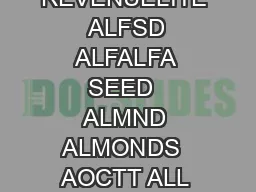
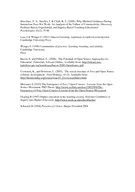



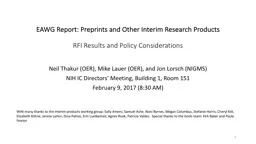
![Cultural Competence Considerations [and other alliterations]](https://thumbs.docslides.com/695116/cultural-competence-considerations-and-other-alliterations-1434271.jpg)




